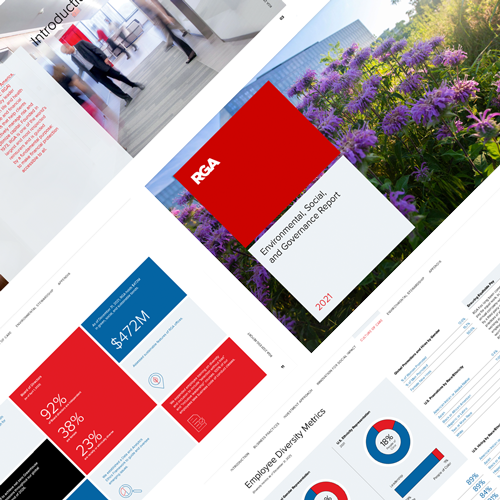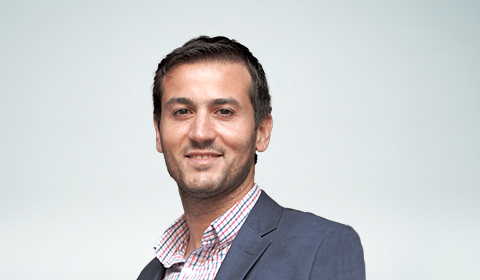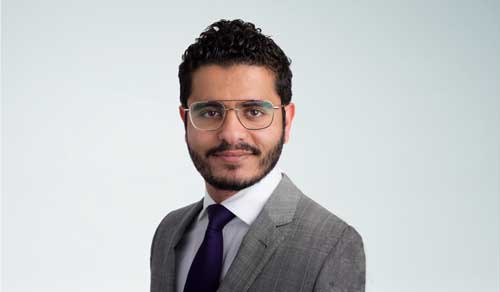Fundamentally, insurance has a noble, socially beneficial purpose: to help protect people in their time of need.
That said, expanding insurance’s role in improving quality of life remains both a social imperative and a promising business opportunity.
RGA has worked with insurers around the globe to support the development of life and health insurance products that have a positive environmental, social, or governance (ESG) impact, in line with our purpose to make financial protection accessible to all. These protection solutions can be broadly categorized into five ESG-related themes, each described in more detail below:
1. Targeted offerings that expand access to protection for underserved populations
2. Inclusive protection products for impaired lives
3. Wellness-linked protection products that encourage policyholders to live healthier
4. Green products that incorporate environmentally friendly features
5. Products that contribute to social betterment
See also: 2021 RGA ESG Report
1. Targeted offerings that expand access to protection for underserved populations
Several large segments of the population are underserved by the life insurance industry and remain underprotected. For example, self-employed workers are estimated to account for nearly half (46%) of the global population,[1] including 15 million people in the United States and European Union who derive their primary income from gig work, defined as temporary or independent employment through a digital platform or other service matching workers and customers on an on-demand basis. These workers often have little personal savings and limited or no access to traditional employee group benefit insurance, making them particularly vulnerable to loss of income and costs arising from sickness or disability.[2]
Another underserved customer segment, seniors, must contend with limited coverage options given common entry age restrictions on life and health insurance products. This segment is growing rapidly as the world population aged 60 years or over is expected to increase from 1 billion to 1.4 billion by 2030 – or about one in six people – and to double to 2.1 billion by 2050.[3] While insurers innovate to reach new markets and new populations, groups requiring coverage tailored to meet their specific needs continue to abound.
Case Study: Entrepreneurs and Freelance Worker Protection in France
This digital insurance broker product offers protection for an underserved segment: self-employed workers, such as entrepreneurs and freelancers, and their families. Customers can benefit from income continuation in case of illness, sick leave, disability, or death, as well as additional guarantees to protect children and spouses. The offering utilizes a digital underwriting process powered by AURA NEXT, RGA’s automated underwriting decision management platform.
Case Study: Senior Critical Illness (CI) Protection in Spain and Portugal
Recognized as one of the most innovative solutions in the market, this offering targets older adults ages 50 to 75, who can keep their policies until they reach 100 years of age. Its benefits include health assistance services and coverage for the following illnesses: stroke, heart attack, Alzheimer’s disease, severe dementia, Parkinson’s disease, blindness, and paralysis. A further option also covers cancer.






